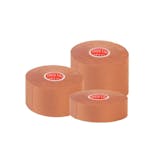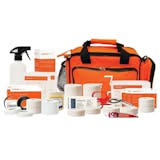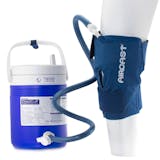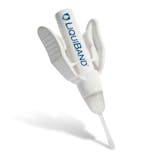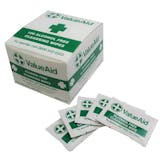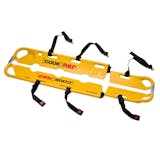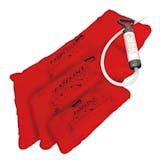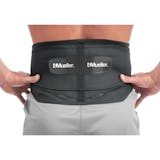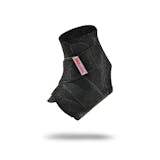Dislocated Shoulder
What Is A Dislocated Shoulder?
Dislocation of the shoulder occurs when the connective tissues in the shoulder joint and surrounding area become damaged or inflamed causing the bones at the joint to become displaced due to high force or strain being placed on the area.Causes
- Force to the shoulder joint which pushes the bone out of socket
- Direct impact
- Fall onto an outstretched arm
- Common in contact sports
Symptoms
- Sudden pain and ‘popping’ sensation at the point of injury in the shoulder and down the arm
- Restricted movement of the shoulder
- Abnormal appearance of the shoulder
Treatment
- RICE method
- Relocation of the joint
- Immobilisation
- Anti-inflammatory medication
- Strengthening and Stretching Activities


